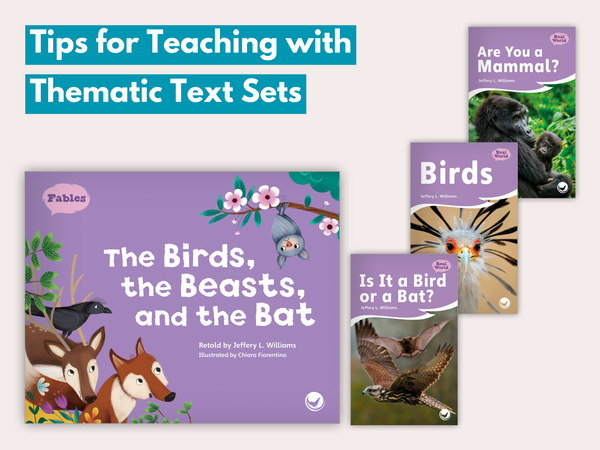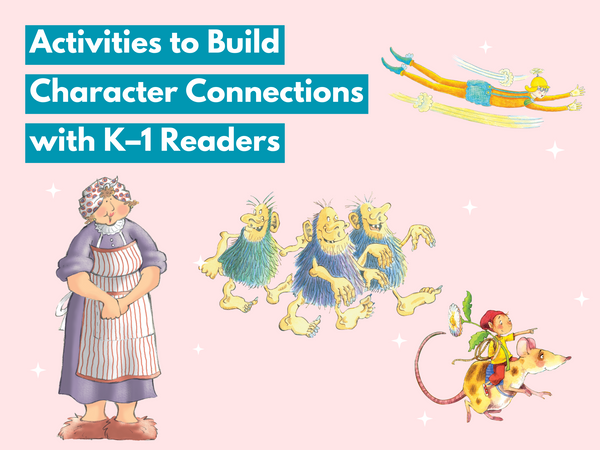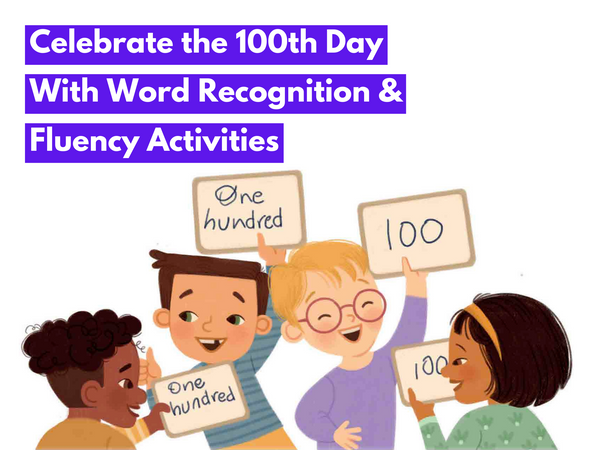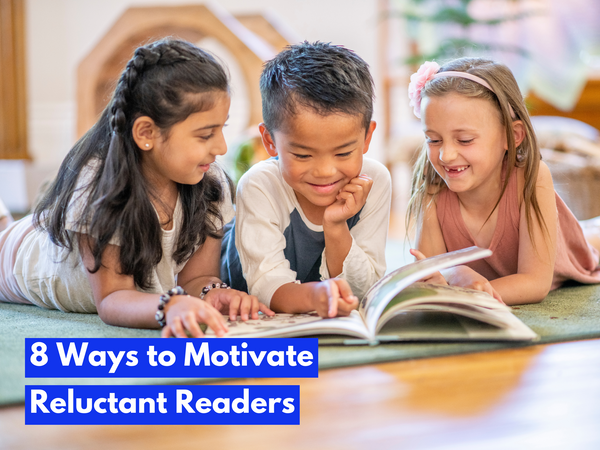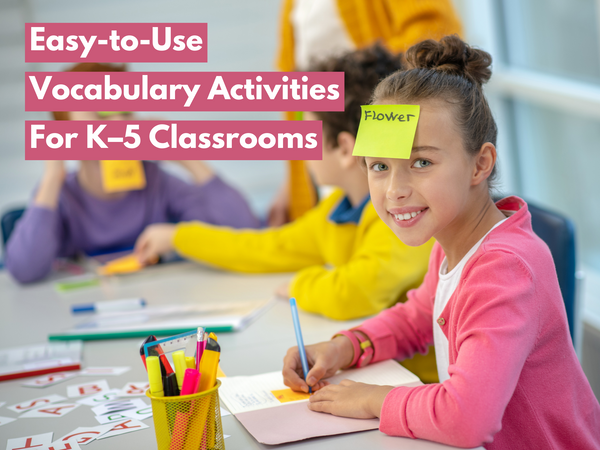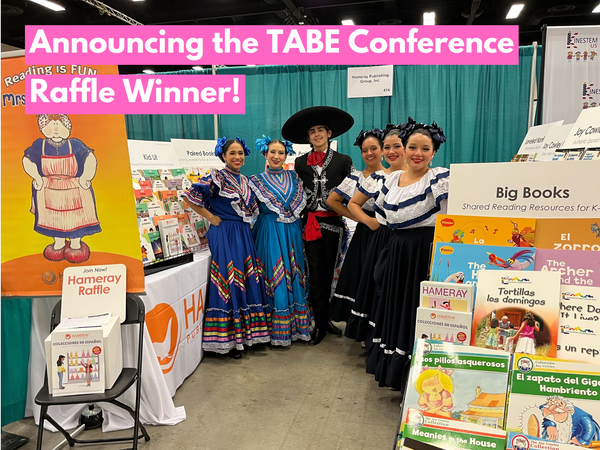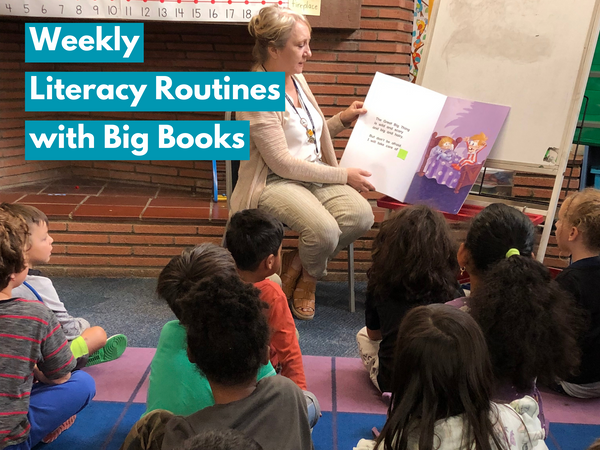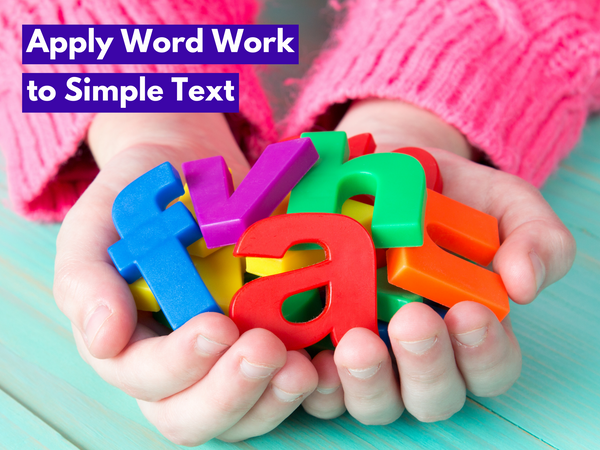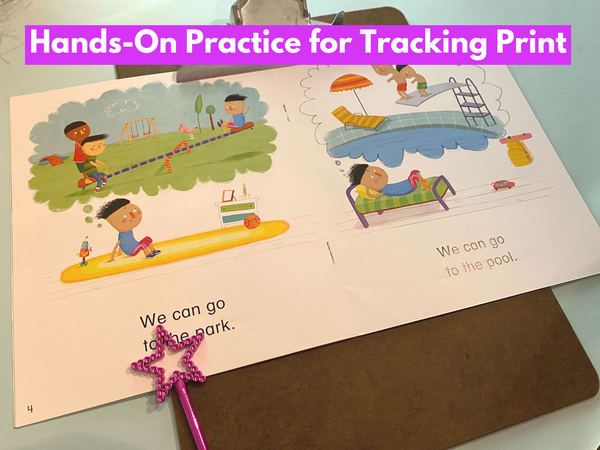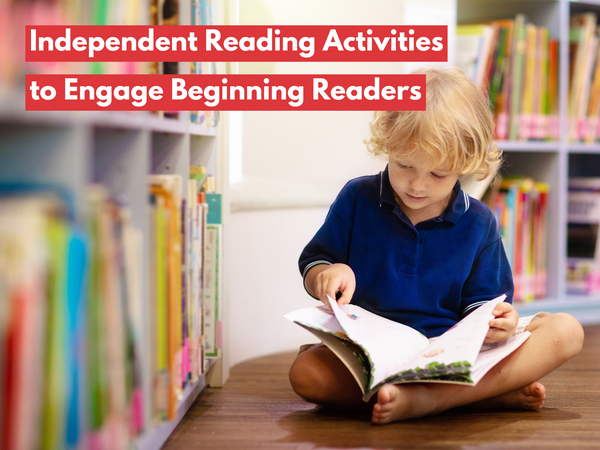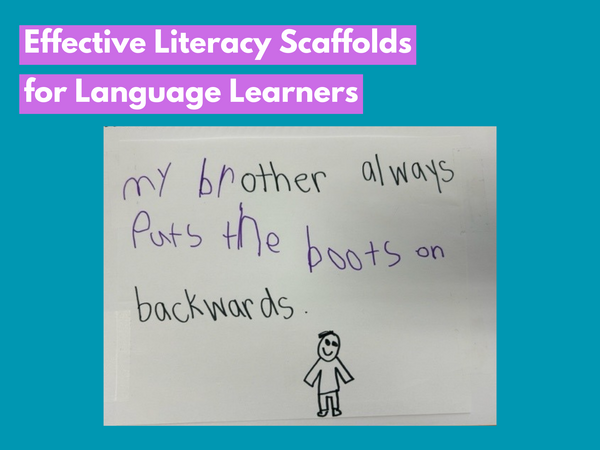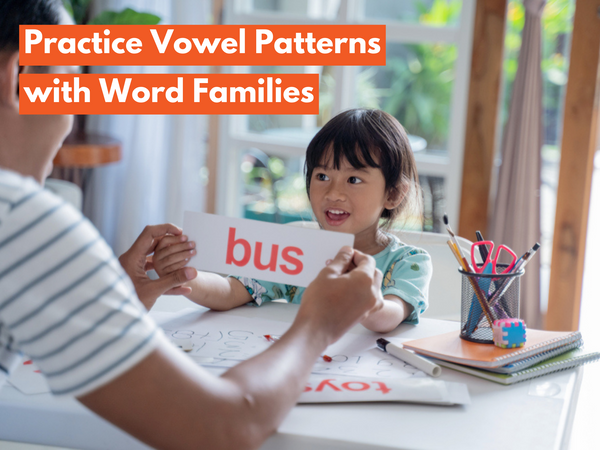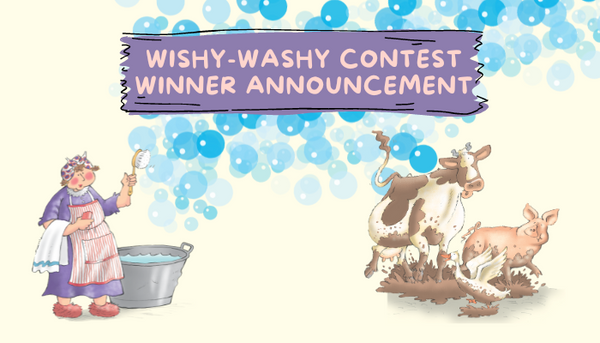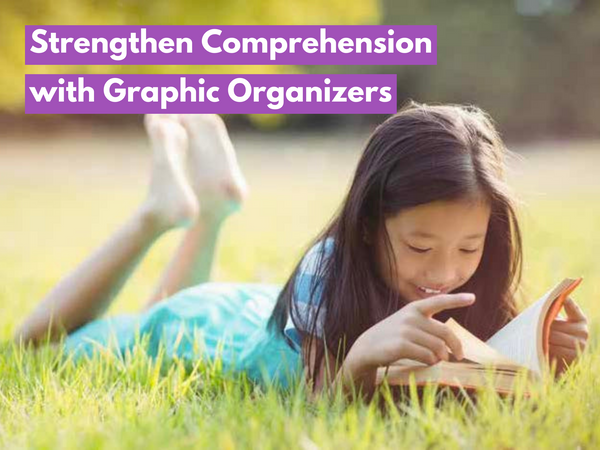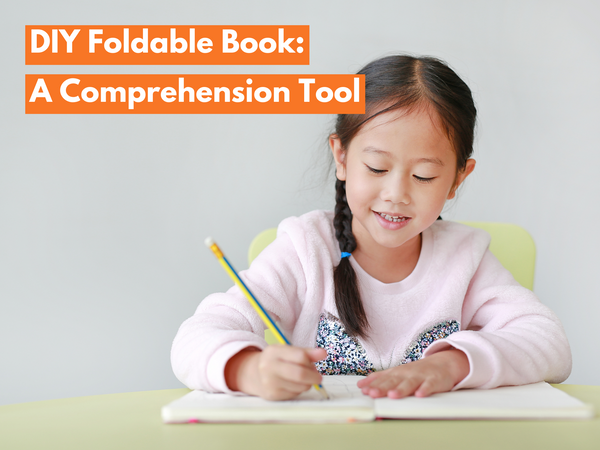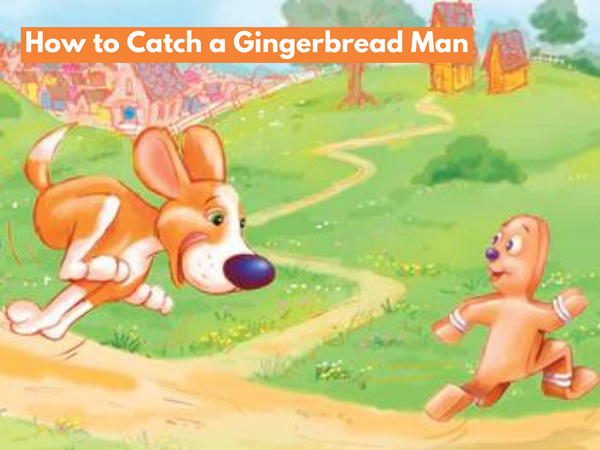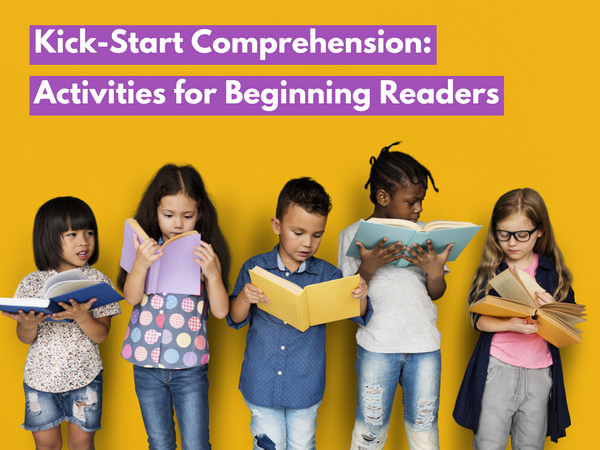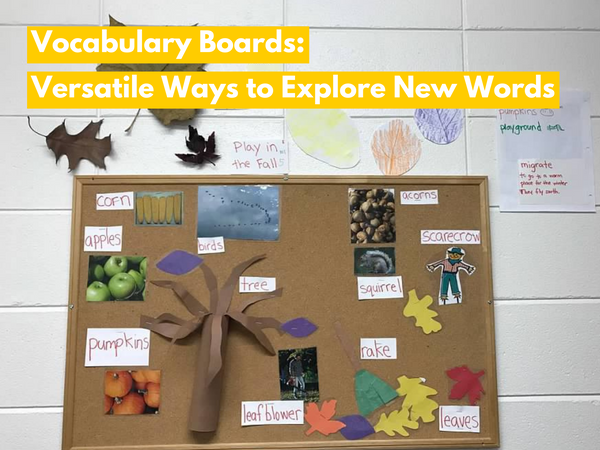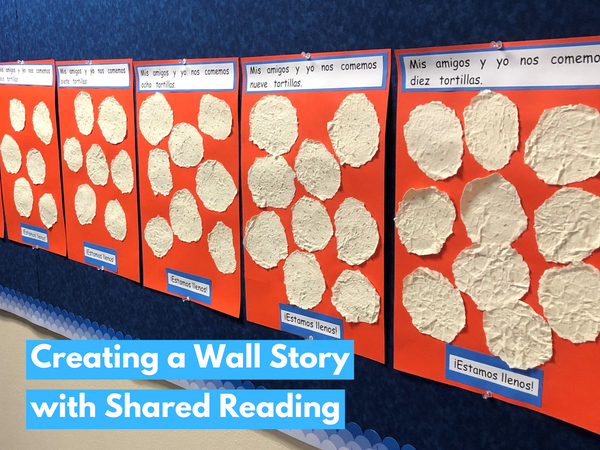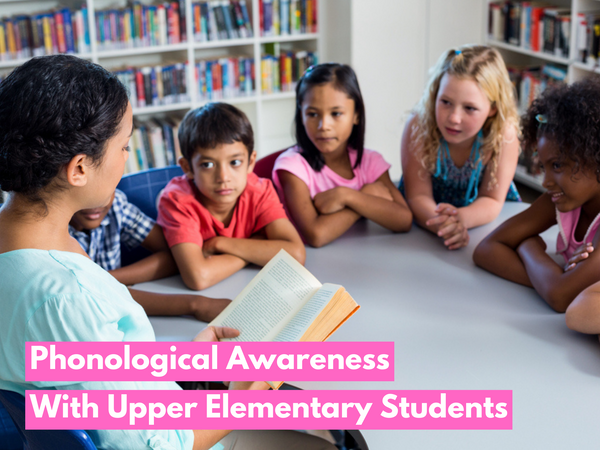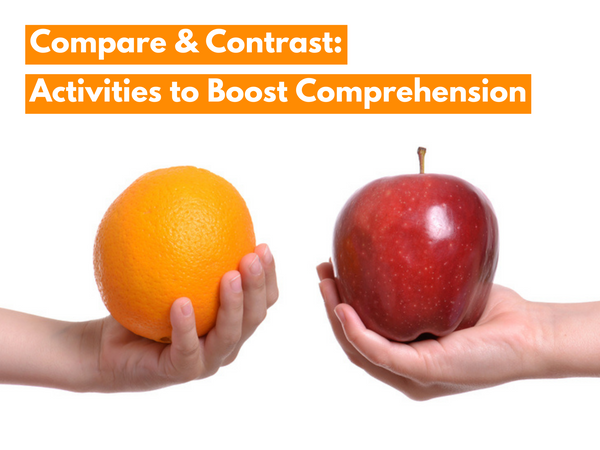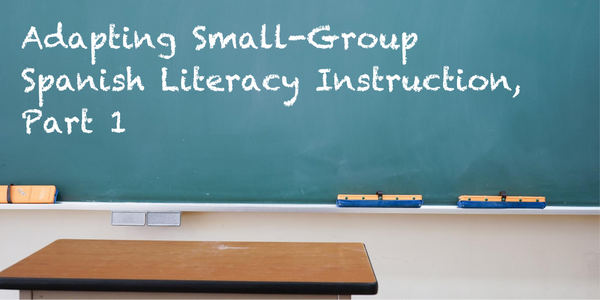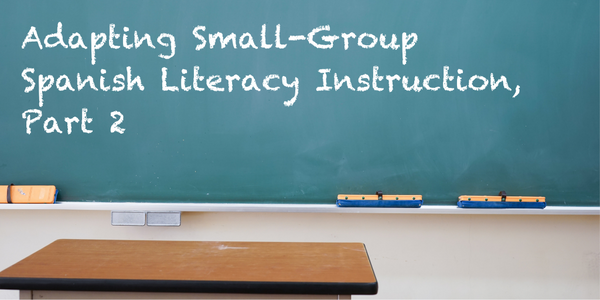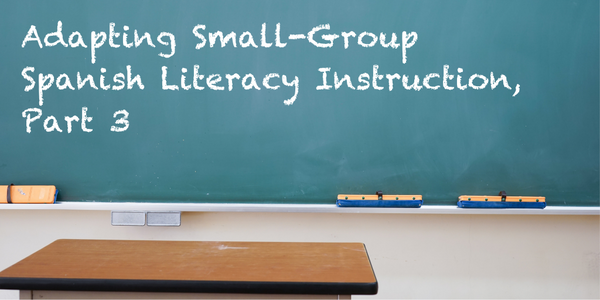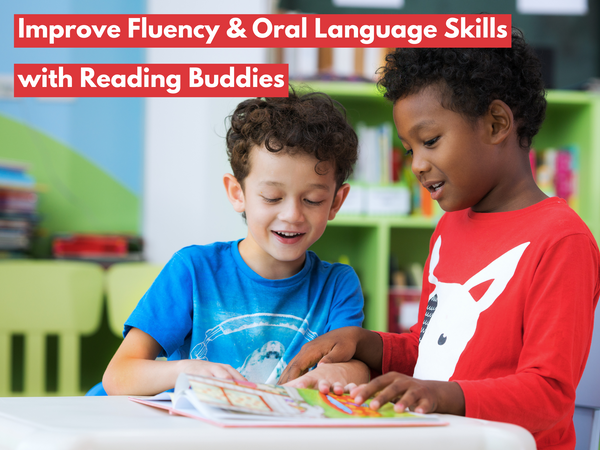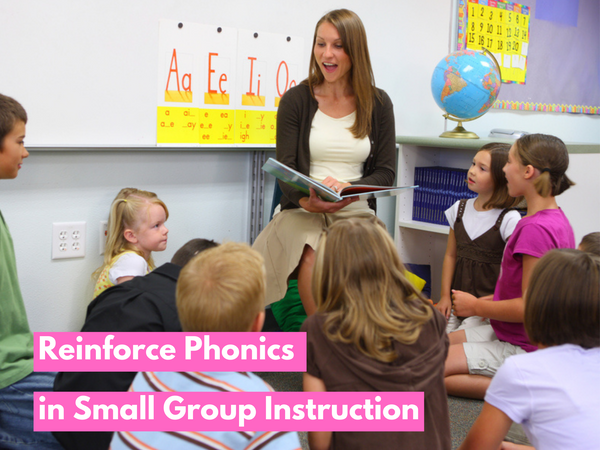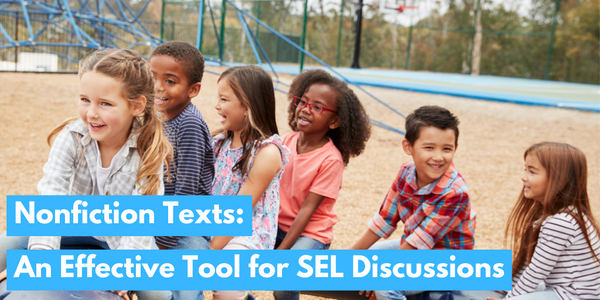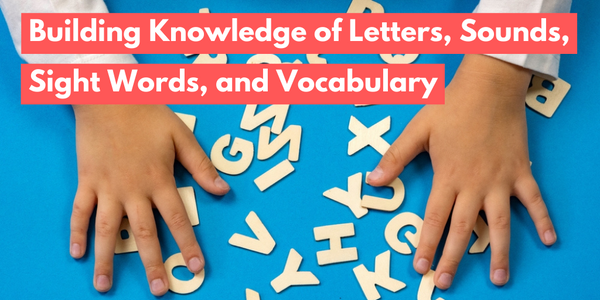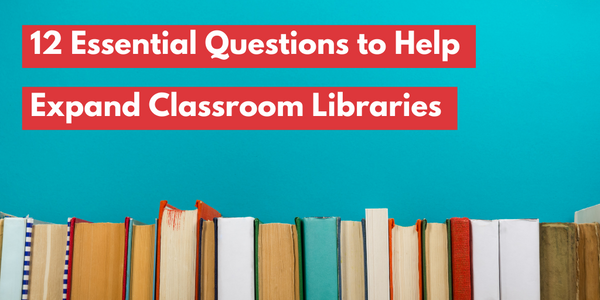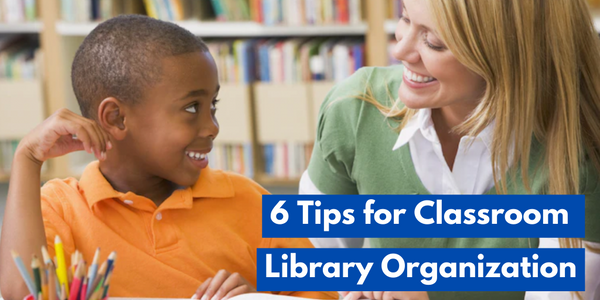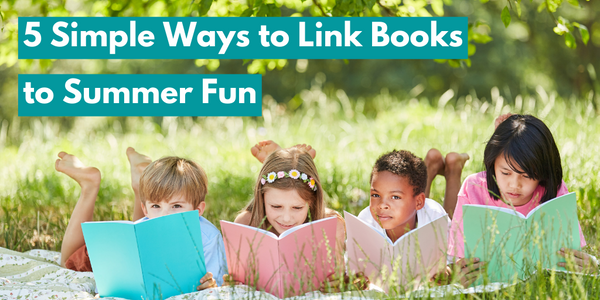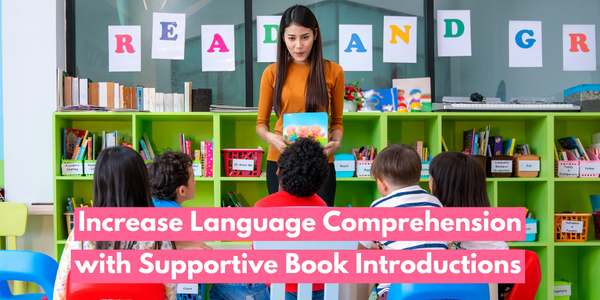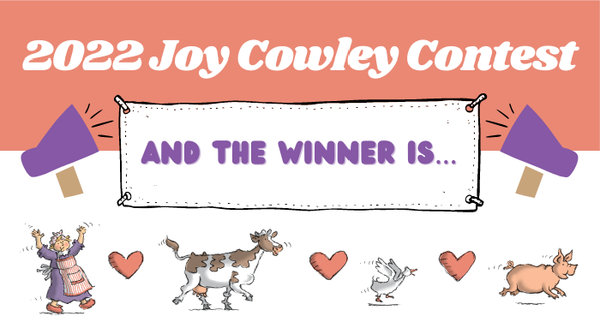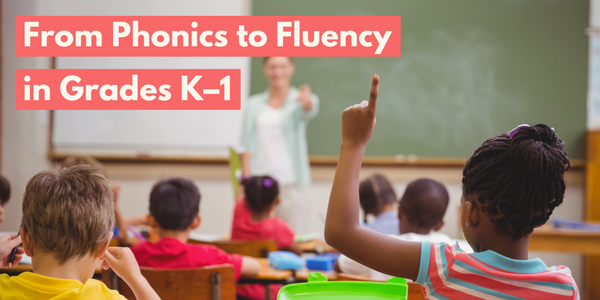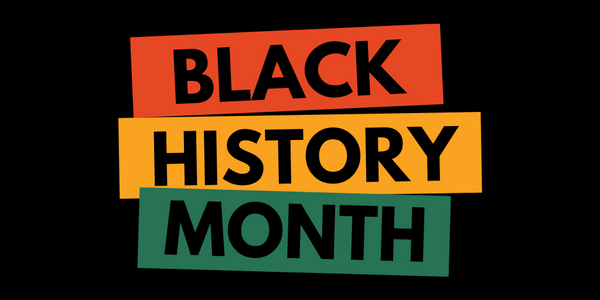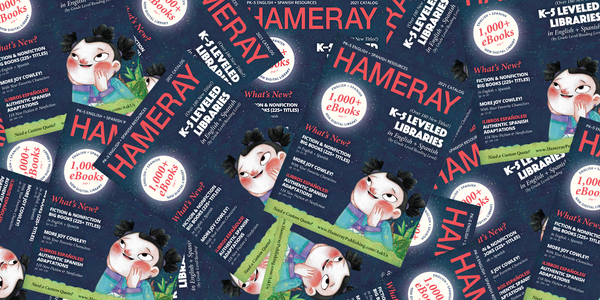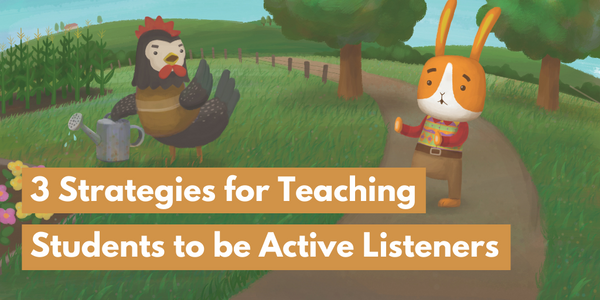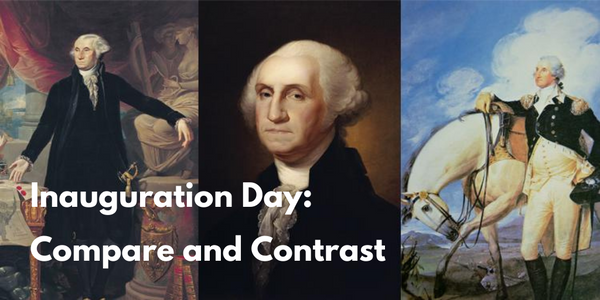This is a guest post by Richard Giso that was originally published in July 2013. Click here to see his other posts, and check out his blog, called Mr. Giso's Room to Read , in which he writes about fun classroom activities, behavior management, and classroom management.
Introducing Informational Text to Primary-Aged Readers
My topic today is on how I present informational text to my primary-aged readers . Anyone glancing through the Common Core will soon notice the major focus on our young learners' reading and writing informational text on a regular basis. It's up to us to fill our readers' “invisible backpacks” of good reader strategies with the tools needed to navigate through informational text and the distinct manner in which the information is presented. We can't just assume that a transition from narrative text to informational text comes naturally to them. Teaching the text features we often encounter as adult readers when we read for information (WWW, menus, pamphlets, brochures, textbooks, magazines, newspapers etc.) is essential in order for our readers to make sense of what they are reading.
According to one of the informational text gurus, Nell K. Duke, whom I have had the pleasure to hear speak, "More than anything, struggling readers need plenty of opportunities to read text that makes sense to them. Requiring students to spend most of their school time reading books that are too difficult makes it impossible for them to learn and to develop as readers (Allington, 2002).
"Students should spend most of their school reading time with texts that they can read and want to read. Students tell us that when we give them interesting materials that they can read without too much difficulty, they will read (Ivey & Broaddus, 2001). Providing books that span the content areas, match students' reading levels, and encompass a variety of formats and genres is nonnegotiable if we want struggling readers to improve."
The text that students "want" to read is clearly informational—I see this on a regular basis. This being said, here are some ideas on making informational text a successful part of your reading instruction.
1. Pre-teach informational text features.
By nature, informational text is non-narrative. Here’s a little secret I whisper to my students. It does not need to be read from front to back. Our young readers need to know how to navigate through this genre’s distinct features. I do this in many ways. One way is by creating a tri-fold display that highlights each feature with an example I have cut out of free sample books I often get at publishing booths when attending a conference. For my first and second graders, I like to focus on the title, table of contents, index, glossary, heading, photographs, captions, bold-faced words, labels, diagrams, sidebars and bullets (to start). In front of the display, I place quality informational texts.

2. Model for students how to access information from each informational text features.
I often use mini-lessons to demonstrate how I use a heading, for example, to access information. For example, using Hameray’s Real World Series , I will put the book Who Needs Water ? under my document camera and display the heading “People Need Water.” Next, I will talk to my readers about how by reading the information under this heading, I will be searching for facts about who are the people needing water and why. I’ll say, “The heading sets me up to read with a purpose.” I will continue to read and model how I monitor for my understanding—an important good reader strategy.
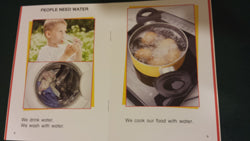
3. Support the use of informational text features in guided reading.
For follow up, I always alternate a fiction with a nonfiction selection in my guided reading groups. The Read World Series by Hameray makes this a possibility as it pairs the “story world” with the “real world.” Before my students start to whisper-read a nonfiction book, I guide them through the important features in order to scaffold their understanding. Then, we whisper-read the text and end a guided-reading session with a dialogue on how a chart or table helped us learn information. I always give a few sticky arrows to each reader so that they can mark a heading or caption that helped them access information successfully. We also discuss the author’s intent on how presenting information with a clear visual, such as bullets, is something that is done on purpose for us, the readers.

4. Keep an informational text journal .
I make my students a journal that has each feature of informational text with a kid-friendly description. As they are reading, they record learned information on the page with the corresponding page that helped them access the information. Below is a sample of an anchor chart with examples of labels and captions. The same chart, without the examples, is a page in their journals. My students love this!
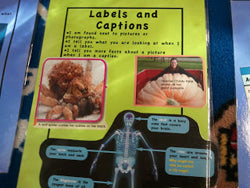
For more information on using informational text visit my blog and click “Informational Text Features” under the “Read All About It” label list on the top right!
~~~
 I'm a proud teacher with over 15 years of teaching experience. I began my teaching career as a fourth grade teacher at the Bates Elementary School in Salem, Massachusetts. Since then, I have taught fourth grade for eight years. From there, I moved to a job as a reading coach under the Reading First grant. Having missed my true passion—having a classroom of my own—I returned to teaching as a first grade teacher for the next five years.
I'm a proud teacher with over 15 years of teaching experience. I began my teaching career as a fourth grade teacher at the Bates Elementary School in Salem, Massachusetts. Since then, I have taught fourth grade for eight years. From there, I moved to a job as a reading coach under the Reading First grant. Having missed my true passion—having a classroom of my own—I returned to teaching as a first grade teacher for the next five years.
Now I've moved to the Carlton Innovation School, also in Salem, Massachusetts, where I am ready to begin my first year as a member of a team of four teachers that teach grades one and two. In addition, I teach undergraduate and graduate students at Salem State University. My courses involve literacy, children's literature, and elementary education. My educational interests include early literacy, effective reading interventions, and positive classroom climates.
For some great examples of informational texts, visit our website by clicking here . Request a catalog for more information by clicking the image below.












